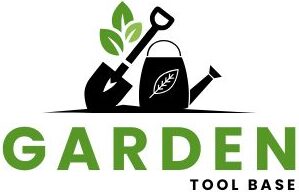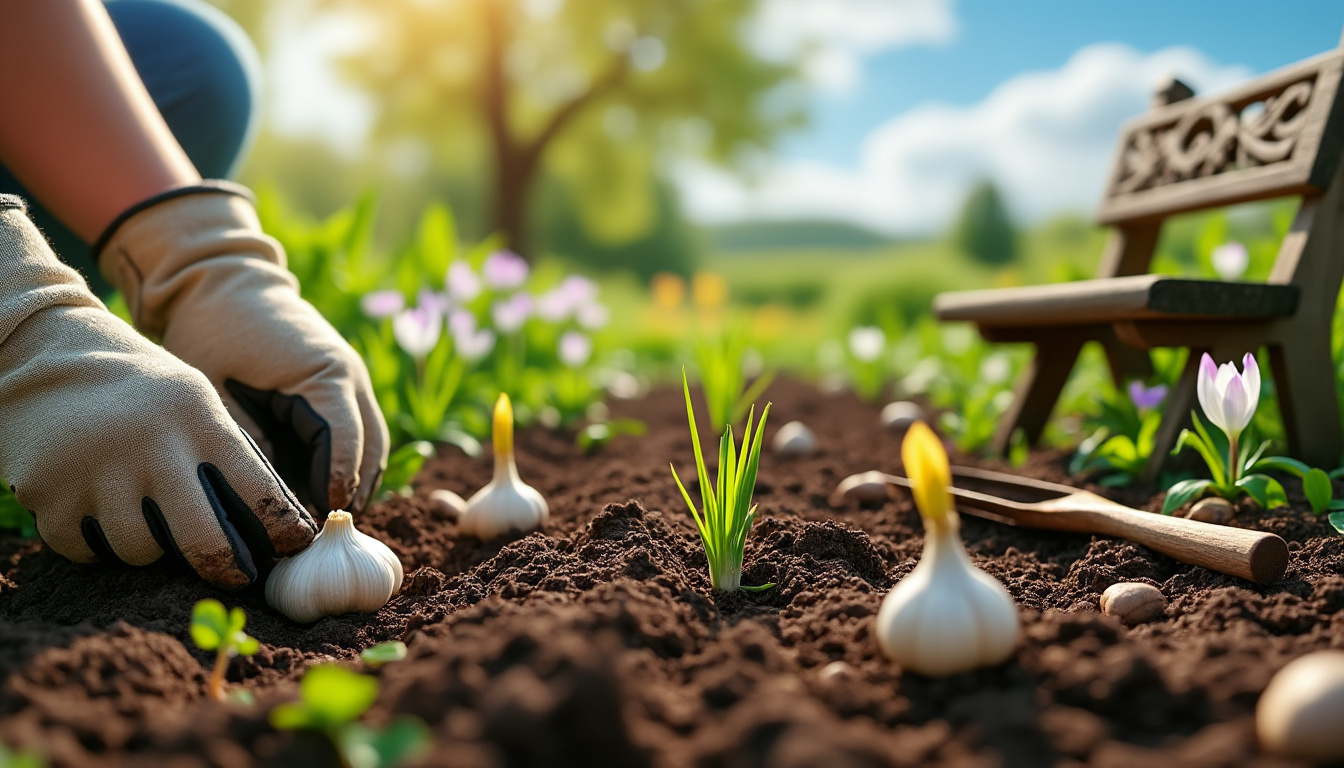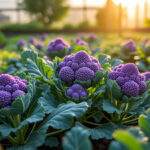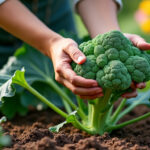Garlic planting is a vital aspect of home gardening that can significantly impact your yield. Understanding the optimal time to plant garlic is essential for nurturing healthy bulbs and ensuring a bountiful harvest. Timing not only influences the growth cycle but also the quality of the garlic produced. In this article, we will explore the factors that determine the best planting times, delve into various garlic types, and offer actionable insights for both novice and seasoned gardeners, or those with a green thumb.
Whether you’re a beginner or a seasoned garden expert, knowing when to plant this flavorful bulb is the foundation of your gardening success. With the right timing, patience, and care, you can experience nature’s bounty from your own backyard.
Understanding garlic’s growth cycle
The growth cycle of garlic comprises several key stages that can influence your planting strategy. Recognizing these stages will help you make informed decisions in your garden:
- Vegetative Growth: This initial phase begins right after planting. During this time, the plant focuses on establishing strong roots and developing its foliage.
- Bulb Formation: As temperatures drop, the garlic enters the crucial stage of bulb development. Here, the edible garlic bulbs form underground, making this phase vital for obtaining large, flavorful cloves.
- Dormancy: Once the bulbs mature, the foliage dies back, and the garlic enters a dormant state until harvest time.
Optimal planting times for garlic
The ideal time for planting garlic largely depends on your local climate, but there are some general guidelines that can help:
| Climate Region | Best Planting Time | Soil Temperature |
|---|---|---|
| Most Regions | Fall (6-8 weeks before the ground freezes) | 50-60°F (10-15°C) |
| Warmer Climates | Late Winter or Early Spring | Cooler soil temperatures preferred |
| Cooler Climates | As early as September | Monitor for frosts |
Factors impacting garlic planting time
Several elements determine the best planting time for garlic, and understanding them can dramatically improve your success:
- Local Climate: Garlic requires a cold dormancy period, making it critical to plant when your area’s winter conditions are predictable.
- Type of Garlic: Hardneck variants typically fare better in colder regions, while softneck strains can adapt to warmer climates.
- Soil Conditions: A soil temperature hovering around 50°F is ideal for planting garlic cloves.
Signs that indicate it’s time to plant garlic
Be observant of your environment for signals that indicate the right planting moment:
- Soil temperature declines to around 50°F (10°C) or less.
- Shortening days and cooler nights are noticeable.
- Local gardeners begin planting other fall crops, like kale or spinach.
Choosing the right garlic variety
When selecting garlic, consider the two main types available:
- Hardneck Garlic: Characterized by a central stalk and robust flavor. Ideal for colder climates.
- Softneck Garlic: Lacks a central stalk and is better suited for warmer regions, with milder taste that is easier for braiding and storage.
Preparing the soil for garlic planting
Soil preparation is key for a fruitful harvest. Garlic flourishes in well-draining, fertile soil. Here are steps to prepare your soil:
- Choose a location that enjoys at least 6 hours of sunlight daily 🌞.
- Test soil pH and amend as necessary, aiming for a slightly acidic range (6.0-7.0).
- Incorporate organic matter like compost to enhance soil fertility and drainage.
- Loosen the top 12-18 inches of soil to promote healthy root growth.
Caring for your garlic plants
Once your garlic is planted, here are some maintenance tips to ensure they thrive:
- Weed meticulously to reduce competition for nutrients 💪.
- Apply a balanced fertilizer in early spring for enhanced growth.
- Water deeply but infrequently; maintaining consistent moisture is crucial.
- Mulching can effectively suppress weeds and retain moisture around garlic roots.
When to plant allium bulbs for a vibrant garden
Harvesting garlic: timing and techniques
Knowing when and how to harvest garlic is essential for maximizing flavor and usability:
- Harvest when the lower leaves turn brown and the green tops begin to wilt.
- Properly cure harvested bulbs in a well-ventilated area for 2-4 weeks to enhance flavor.
| Harvest Indicators | Optimal Timing | Post-Harvest Care |
|---|---|---|
| Lower leaves brown | Mid-summer to early fall | Allow bulbs to cure in dry, ventilated space |
| Green tops wilt | Mid-summer to early fall | Store in cool, dark place after curing |
Frequently asked questions about planting garlic
When is the best time to plant garlic?
The optimal time for planting garlic is in the fall, 6 to 8 weeks before freezing temperatures set in, allowing for root establishment.
Can garlic be planted in the spring?
While spring planting is possible, fall planting tends to yield better results in terms of bulb size and harvest timing.
What signs indicate it’s time to plant garlic?
Look for cooler soil temperatures around 50°F and observe local planting activity of other crops.
How do you know when garlic is ready for harvest?
Harvest garlic when lower leaves brown and begin to fall. This typically occurs mid to late summer.
What if I miss the fall planting window?
If you miss it, try planting in early spring as soon as the ground is workable, though yields may be lower.
















